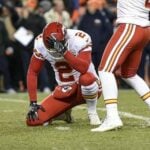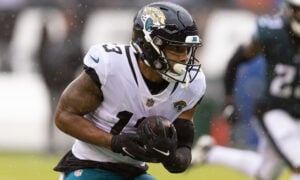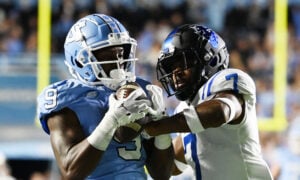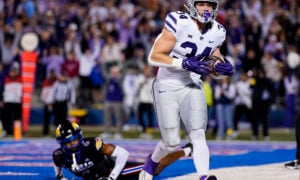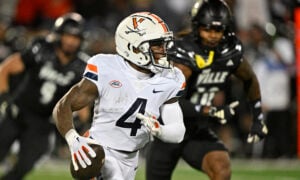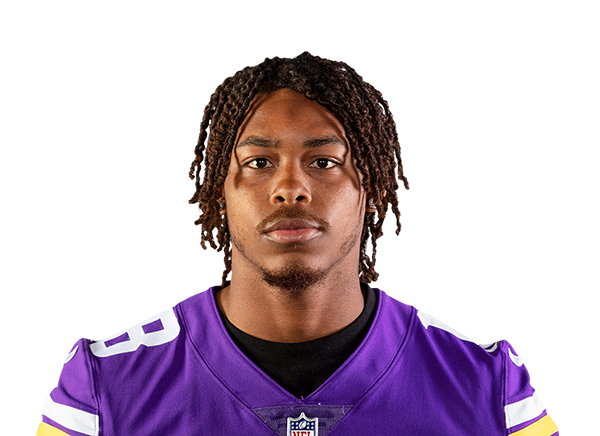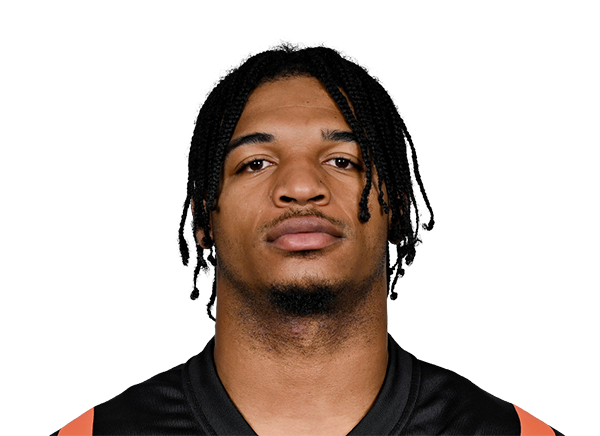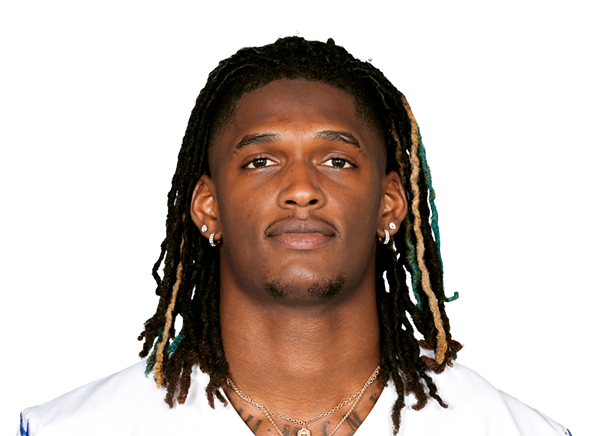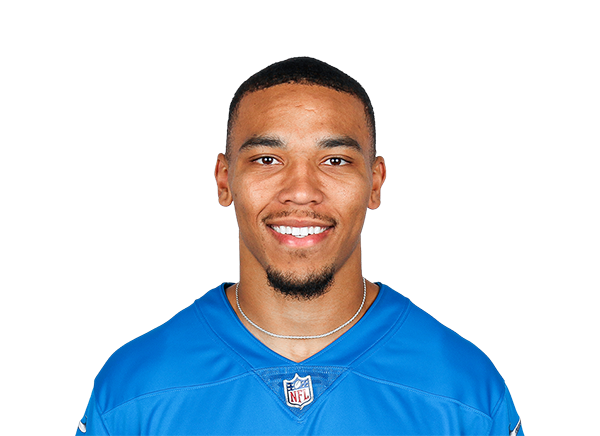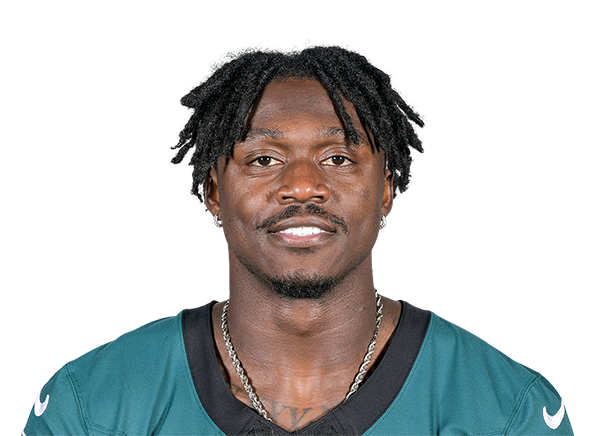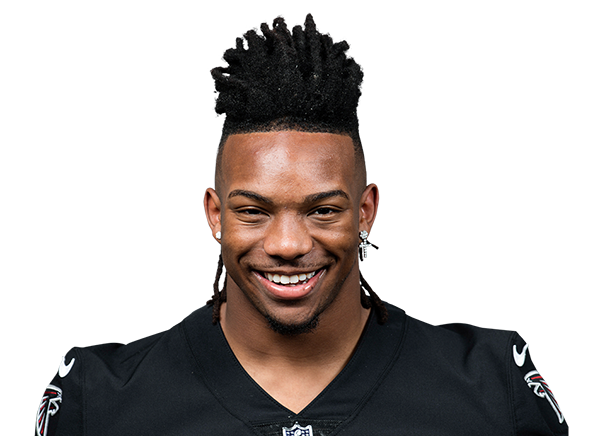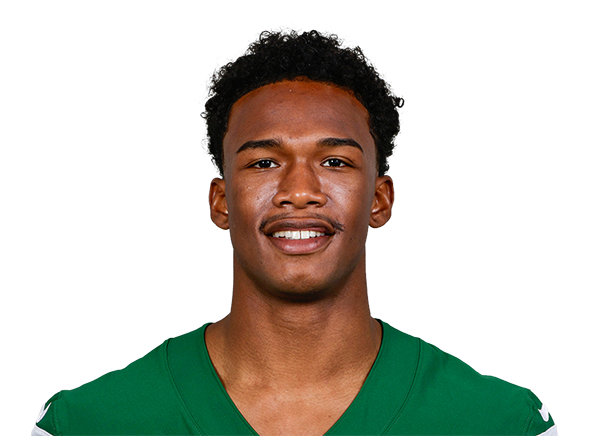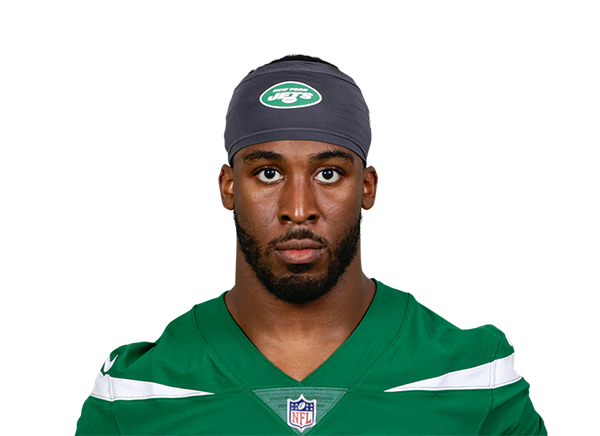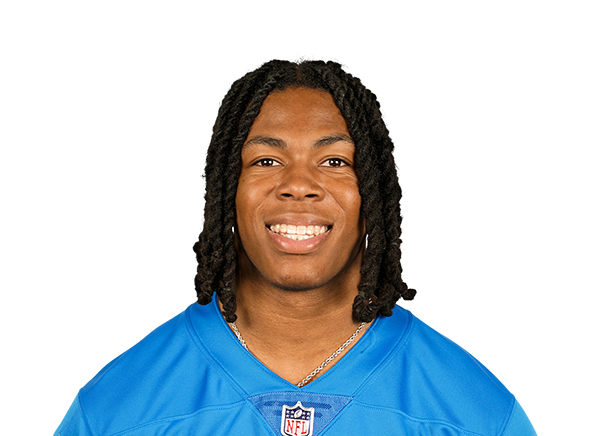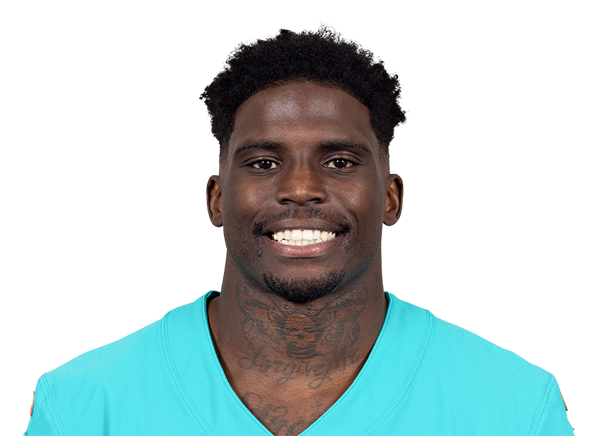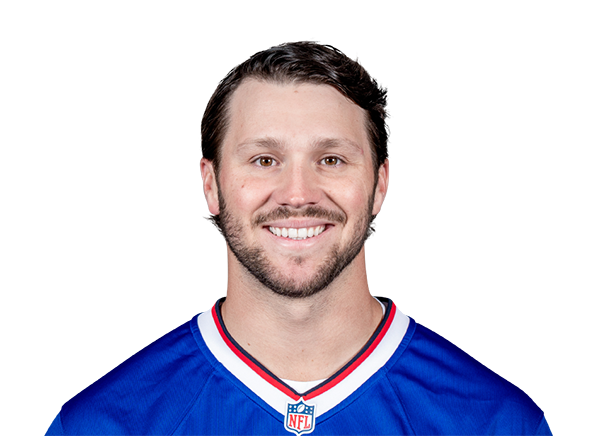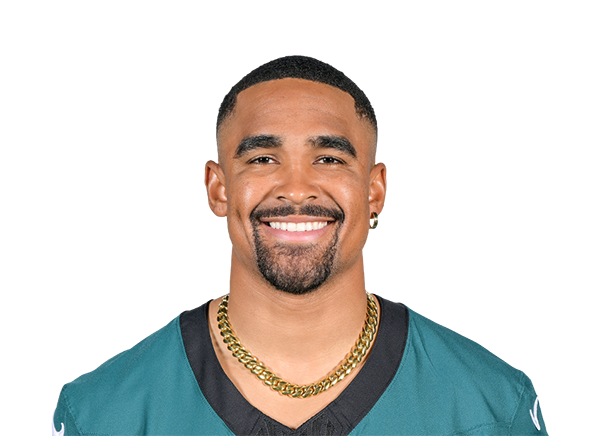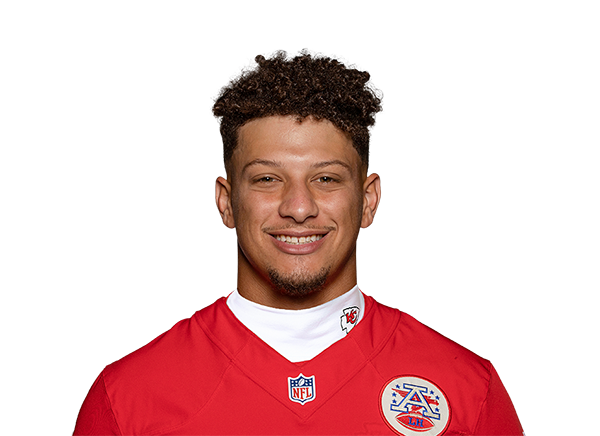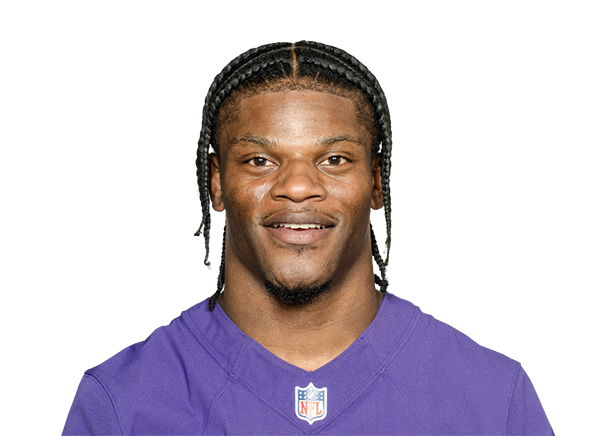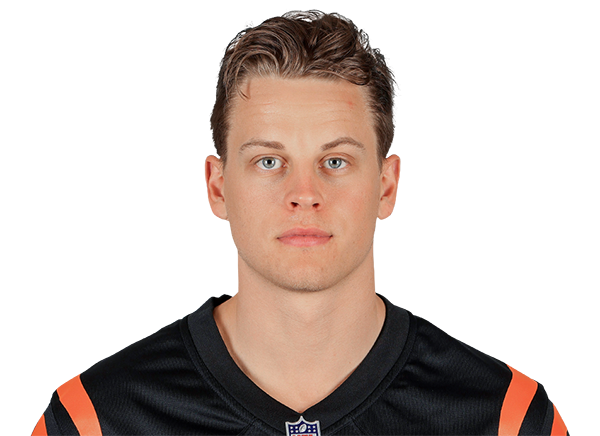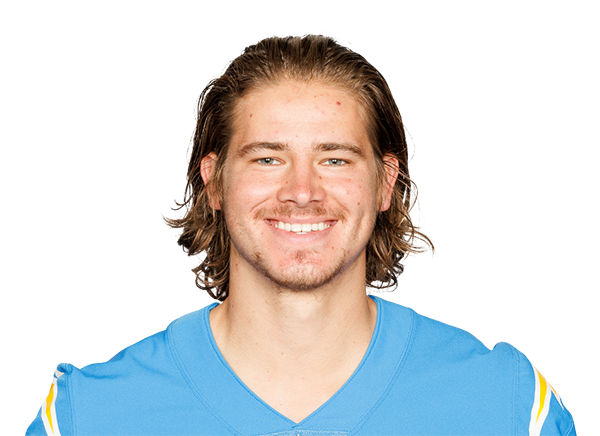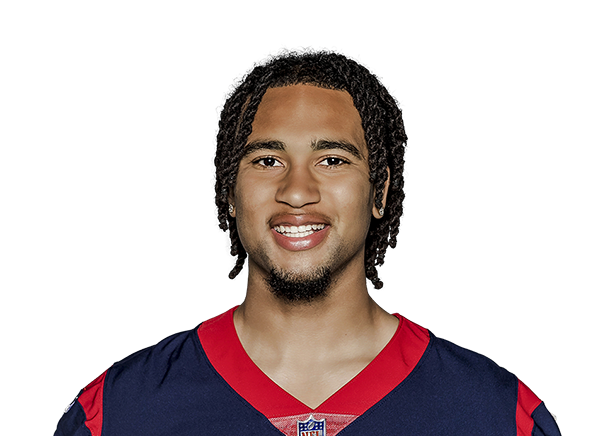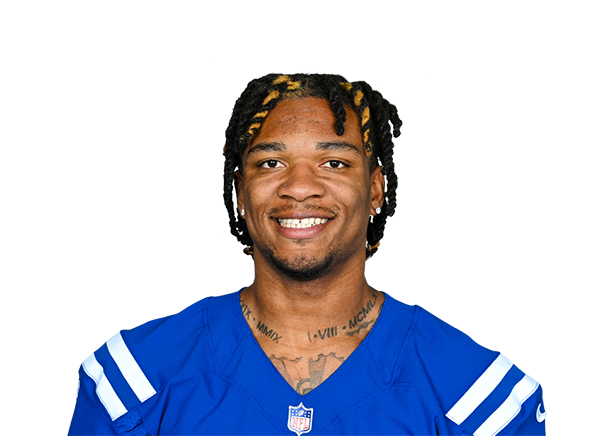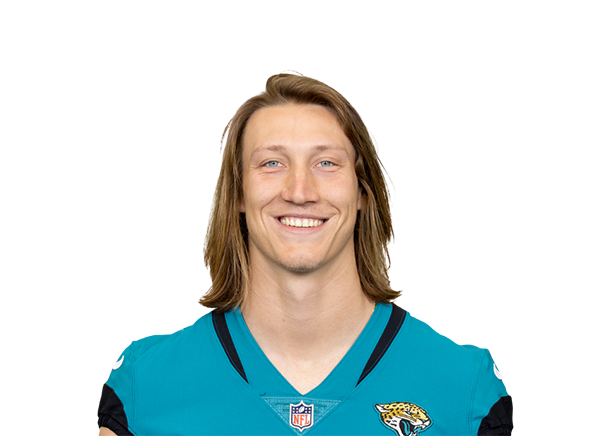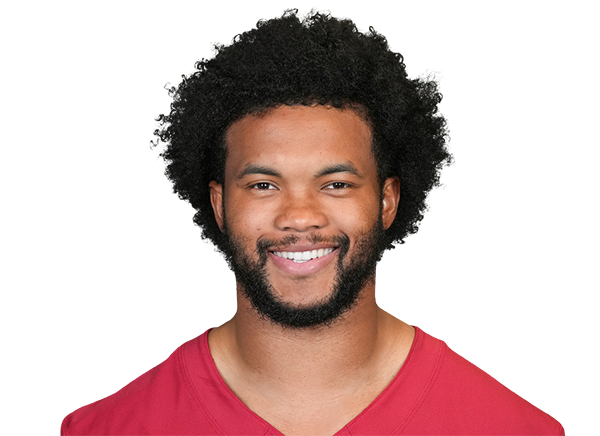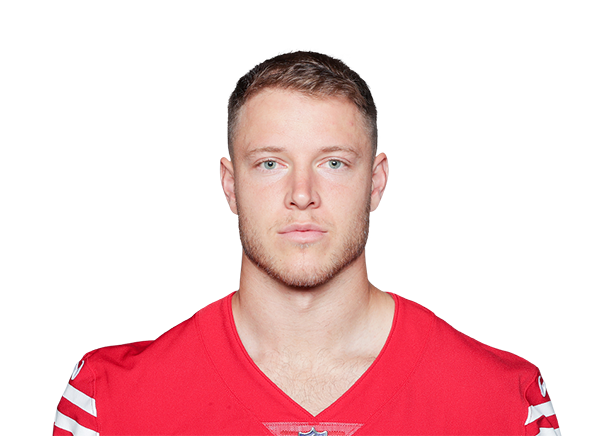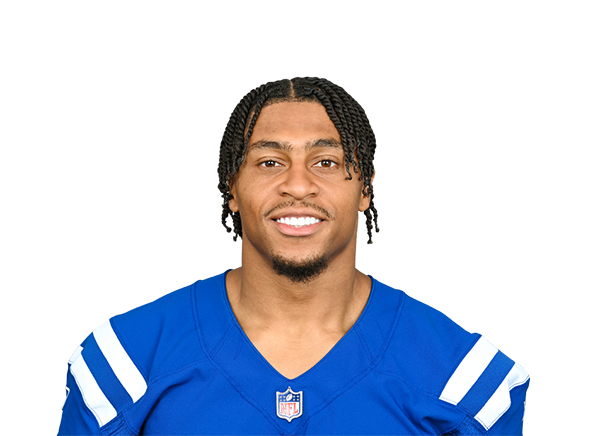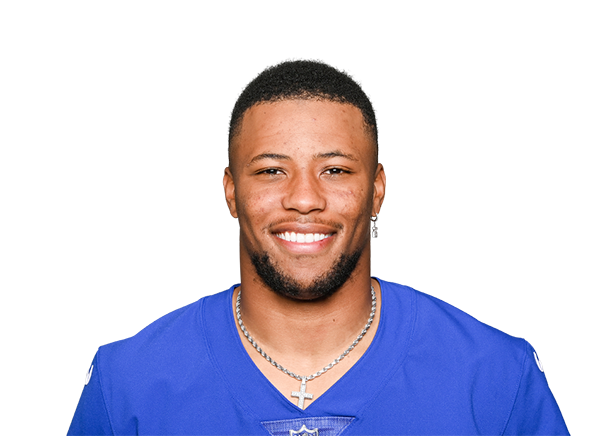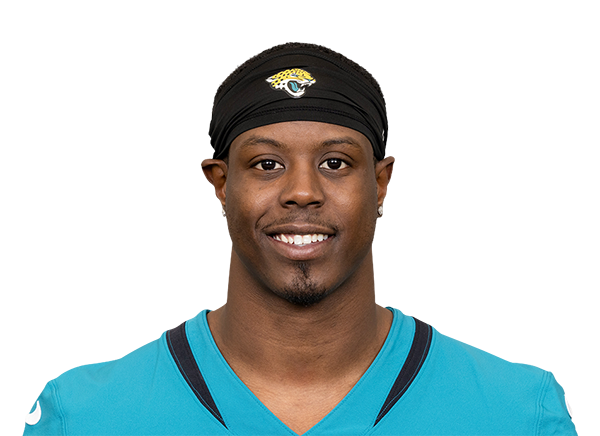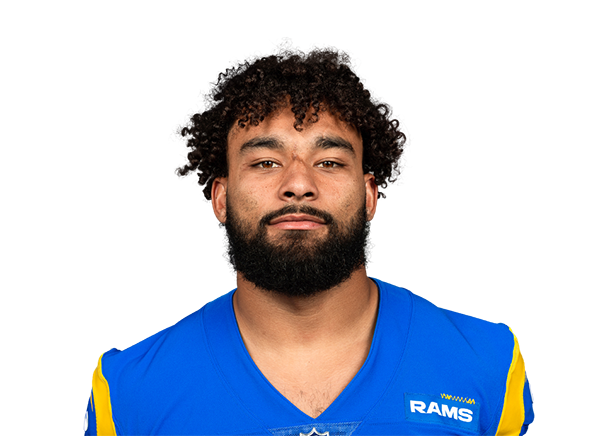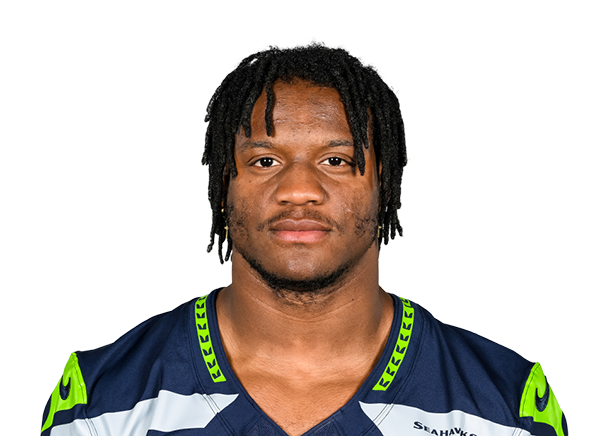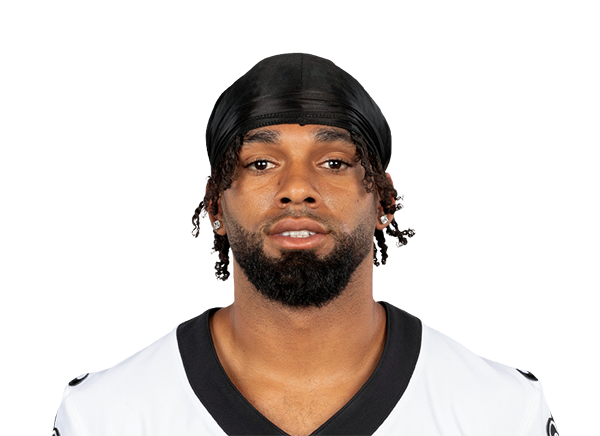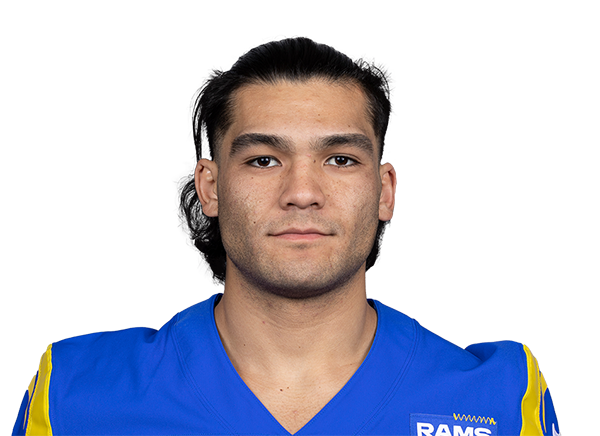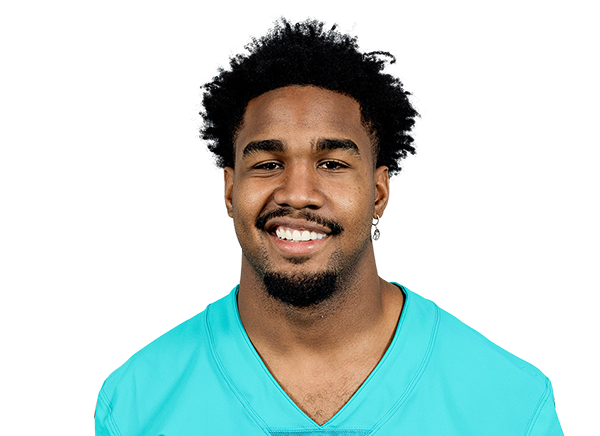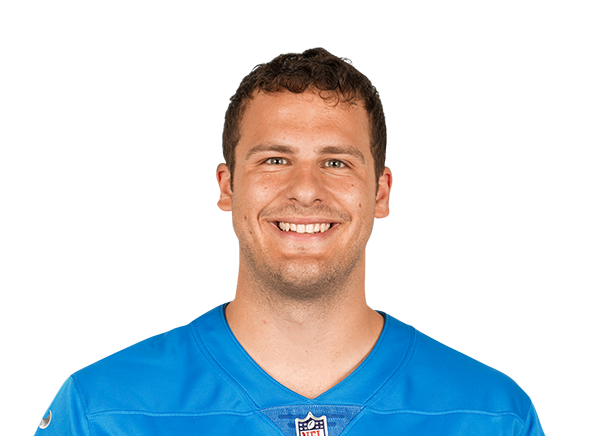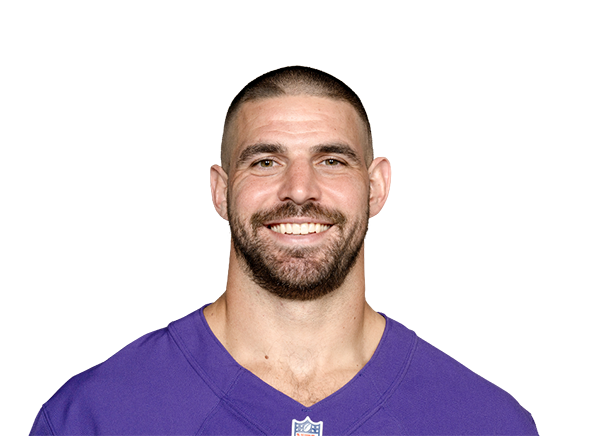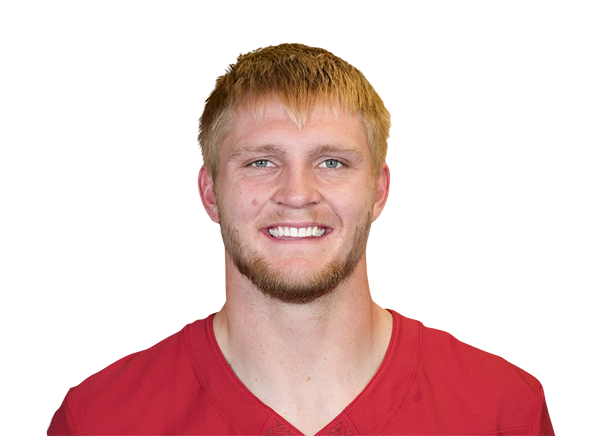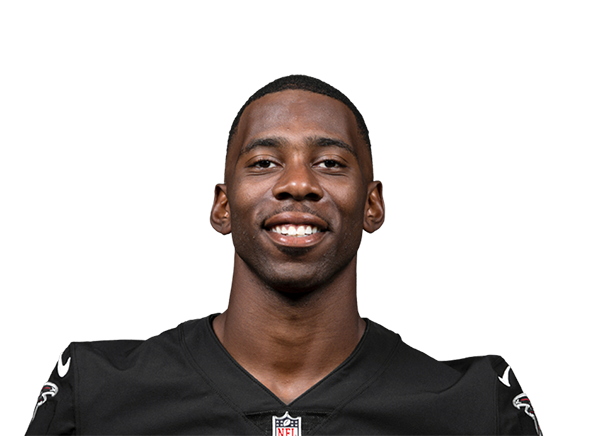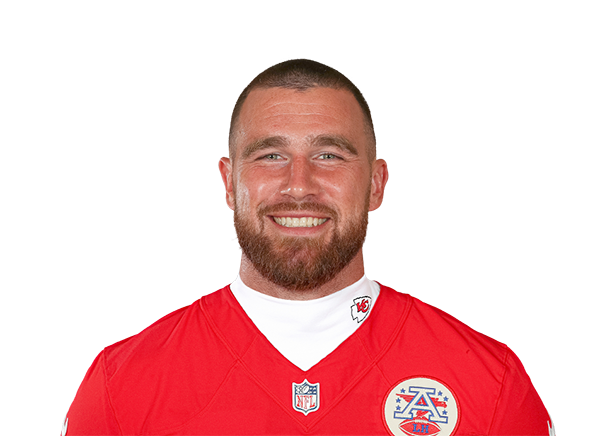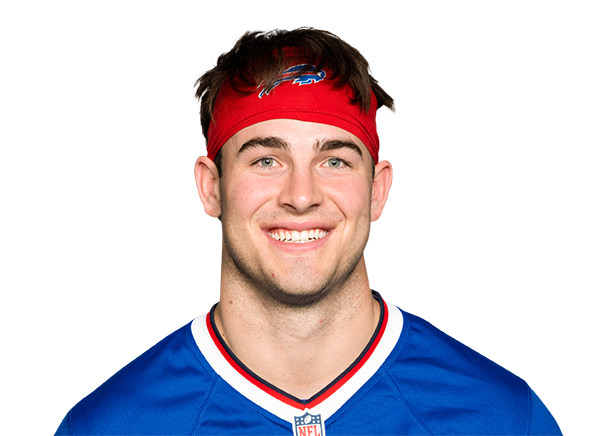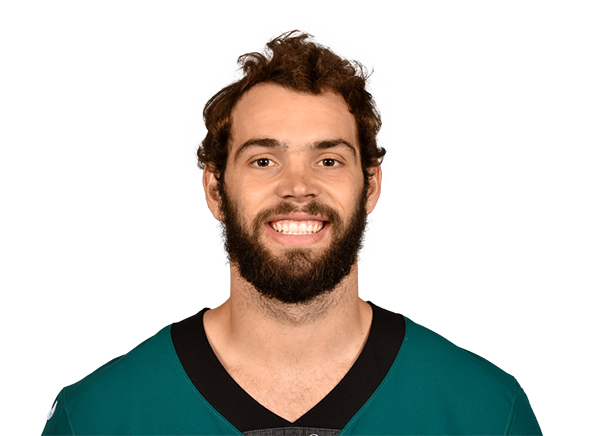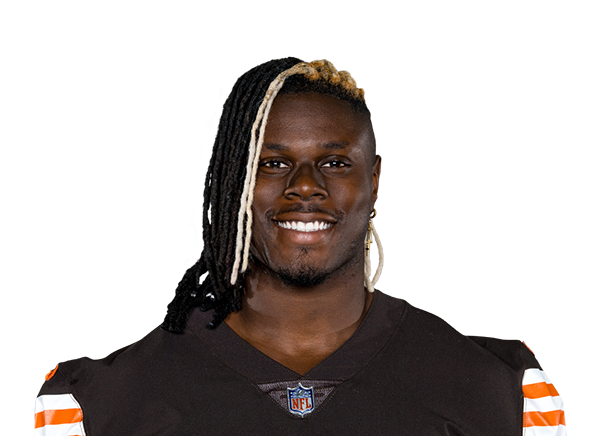Steve’s Rushing Study: Assessing Good Backs Behind Bad Lines, Part Two
Before reading this, be sure to check out part one here.
Melvin Gordon, RB LAC
Here’s our other 2015 first-round running back who ran at a poor yards per carry clip. After looking at the disaster that was the 2016 Rams running game, it’s a bit relieving to look at what Gordon was up to. Let’s look at where he ended up on our running style plot:
[am4show have=’g1;’ guest_error=’sub_message’ user_error=’sub_message’ ]
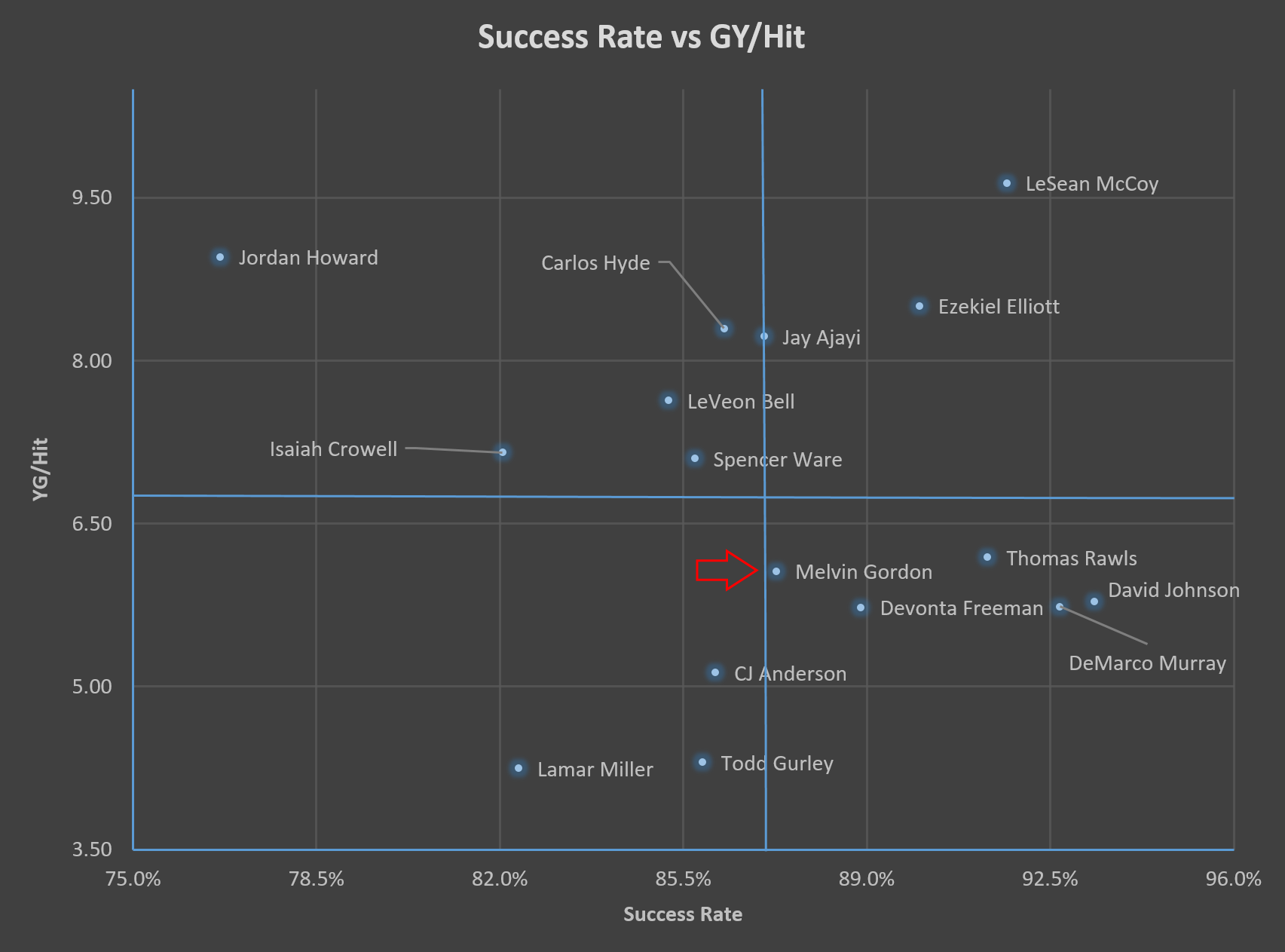
As can be seen, Gordon graded out as about average at taking what his blocking gave him, and a bit below average at creation. Of course, you could say “about average at success rate, bad at creation” is the same Sparknotes description as Todd Gurley, but the vital difference between the two is the gap between their respective Generated Yards Per Hole Hit marks. Gordon is a mere “not great” while Gurley is quite bad at generating yards. When half of the meaningful difference in rushing production is creativity, that discrepancy is huge. To illustrate the difference, let’s look now at how Gordon’s blocking graded:
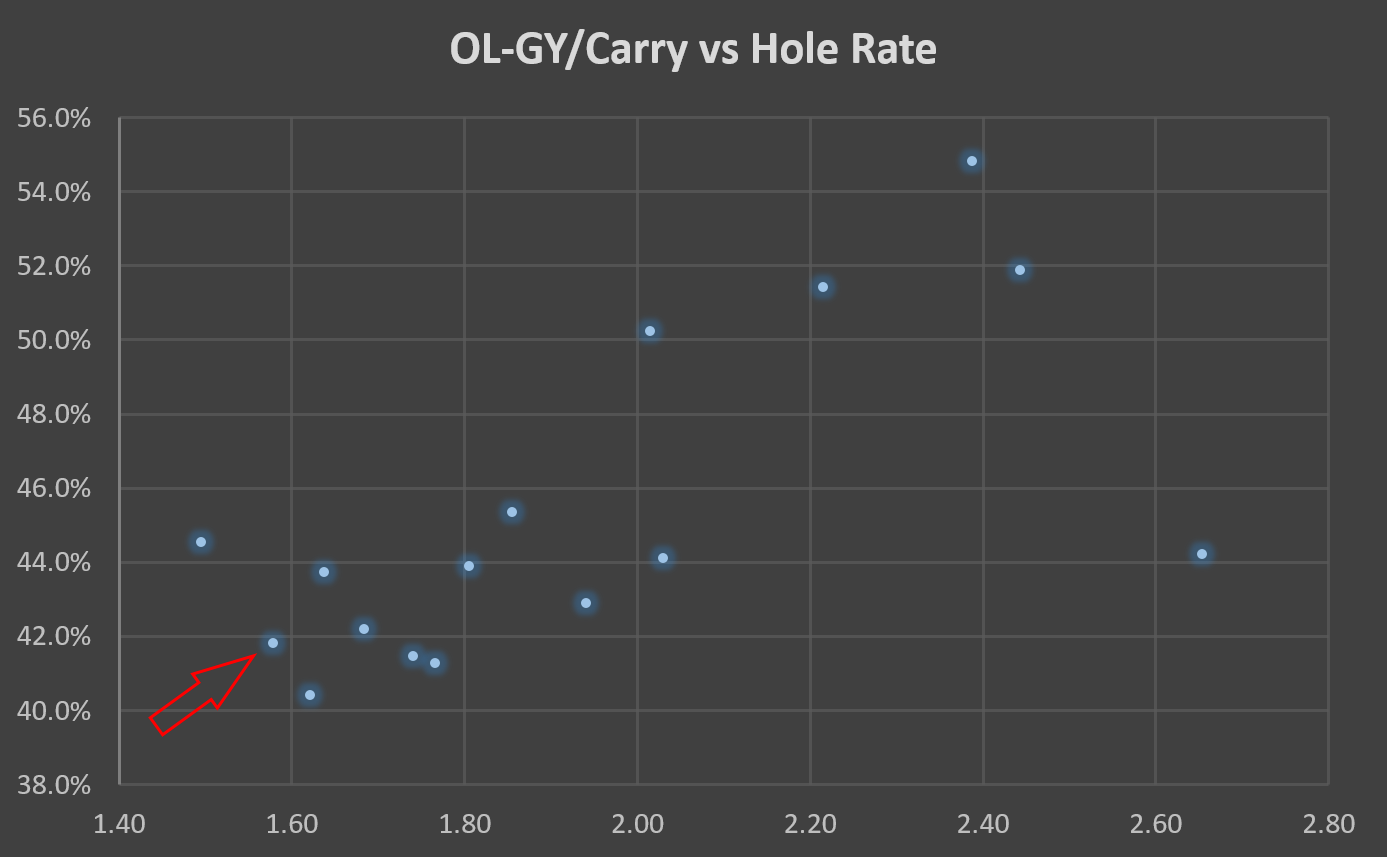
Despite running behind the second worst offensive line (in terms of my OL Composite), Gordon ran for a staggering 0.7 more yards per rush than Gurley! The only meaningful difference in their rushing production profiles came in degree of poorness in creativity, and it created a difference of near an entire yard per carry.
As has been the theme of this article thus far, there is good and bad news to this phenomenon. The good is that Gordon is solid enough, himself, to be a perfectly reliable back. As another player entering his third year, he could perfectly reasonably improve, even.
However, without great creativity, he will be at least semi-reliant on offensive line play… and that situation doesn’t look great. A cursory glance at 2016 snap counts and a 2017 projected depth chart show how much turnover this position group will be experiencing. There are reasons to be optimistic, with the signing of Russell Okung and the drafting of Forrest Lamp, but Lamp is already injured and I’m not sure just how much Okung can contribute on his own. Perhaps there’s upward trajectory down the road, but this unit looks like a mess for now.
To sum up Gordon’s inefficient 2016, we should worry about the situation, but not the player. He’s perfectly on track to provide starter-quality running back play (with nice traits I noted in passing while recording his stats). However, he has shown a limited ceiling thus far, and will need more help from an offensive line going through a great deal of turmoil in order to provide decent production outside of mere volume.
The hypothetical upside and downside behind bad lines
Allow me to now switch our focus. We’ve examined perhaps our two most pressing case studies in the “good player, bad situation” dilemma. However, we haven’t looked at the range of reasonable outcomes for a back behind a truly bad offensive line. How well can a great back produce with poor blocking? What does a back have to do in order to provide decent efficiency? What’s the general distribution of yards per carry clips for varying degrees of poor blocking?
If you’ve read Part Two of the series, you know that we can project production for good players behind bad lines. I don’t like to extrapolate from limited data very much, but we don’t have any better choices, and the forecasting works pretty well on the actual players we have collected data for (R-squared is provided below, while the expected mark was off from the real number by .03 yards per carry, on average):
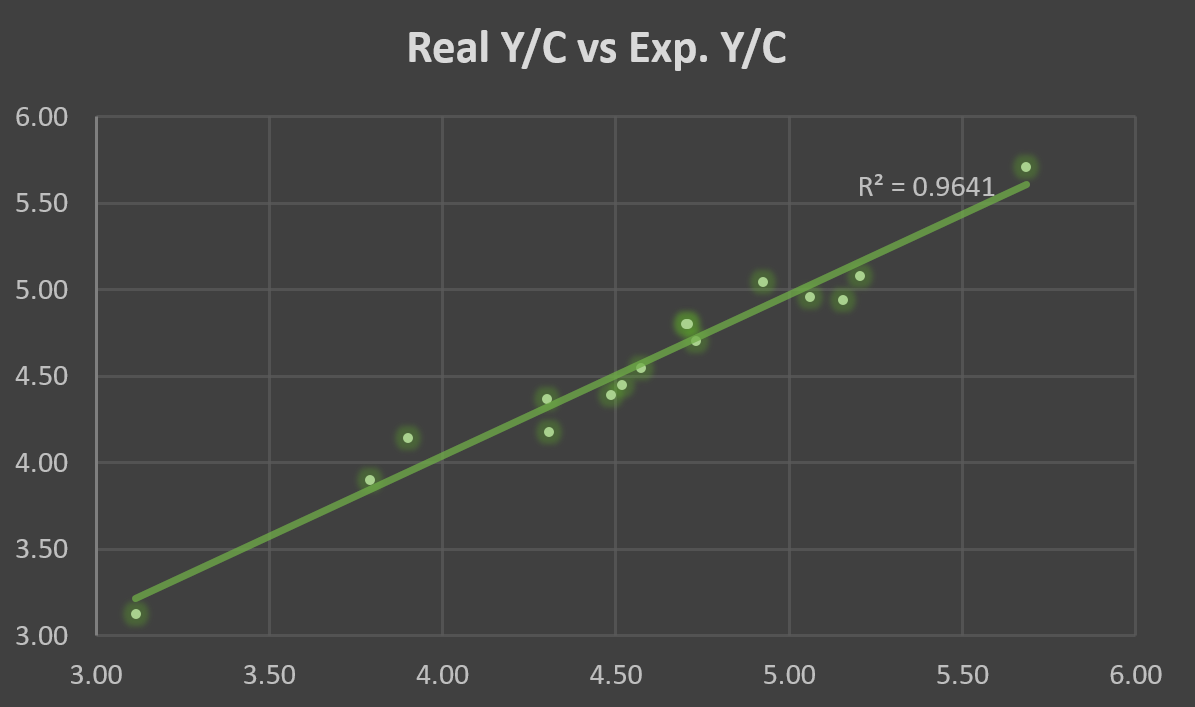
So to answer the first question from the previous paragraph, let’s simply place Ezekiel Elliott (easily the best-grading full-sample back of the collection) behind blocking I deem “bad” and “very bad.” The Rams’ offensive line will serve as a representative of the latter while a hypothetical collection of Hole Rate and OL-GY/C stats represent the former. I’ll leave the behind-the-scenes math out of my explanation here for the sake of concision, but additional explanation can be provided if necessary. Here’s about where we expect Zeke to fall in terms of yards per carry behind both lines:
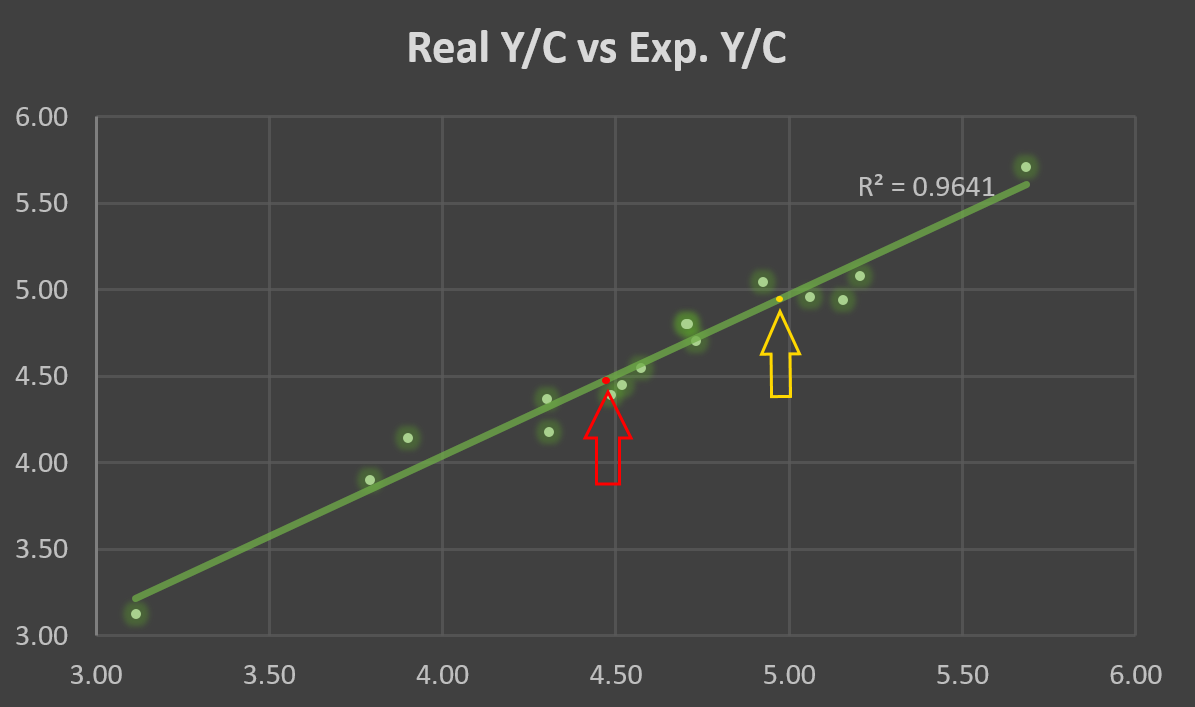
We’d expect a fair 4.9 per carry for Zeke when running behind a bad line, so not too bad. However, if we put him behind the Rams line, that clip would fall all the way down to around 4.46 yards per carry. It seems that a truly bad blocking unit could all but cancel out terrific running back play! This is a pretty glaring red flag for any back in a suboptimal setting.
We answered the second question in Gurley’s section, so let’s now tackle the final query. I took each running back and put them behind both aforementioned lines, yielding expected stats in return. Here’s the new distribution of expected yards per carry clips behind those lines:
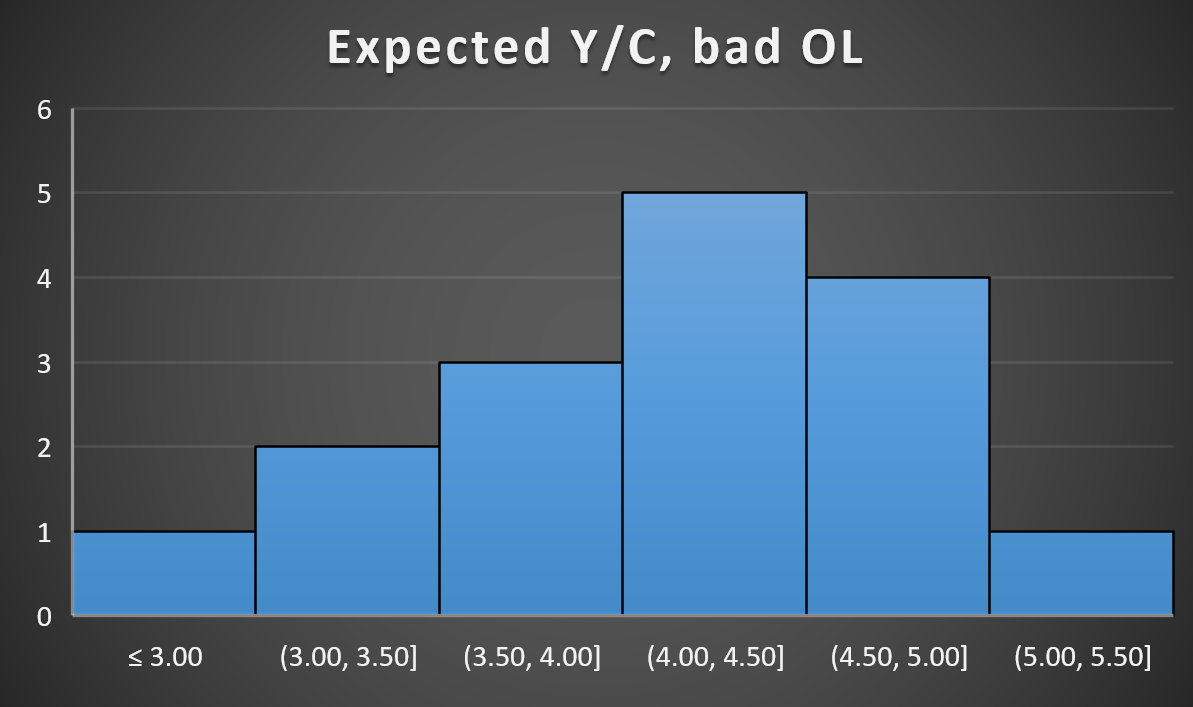
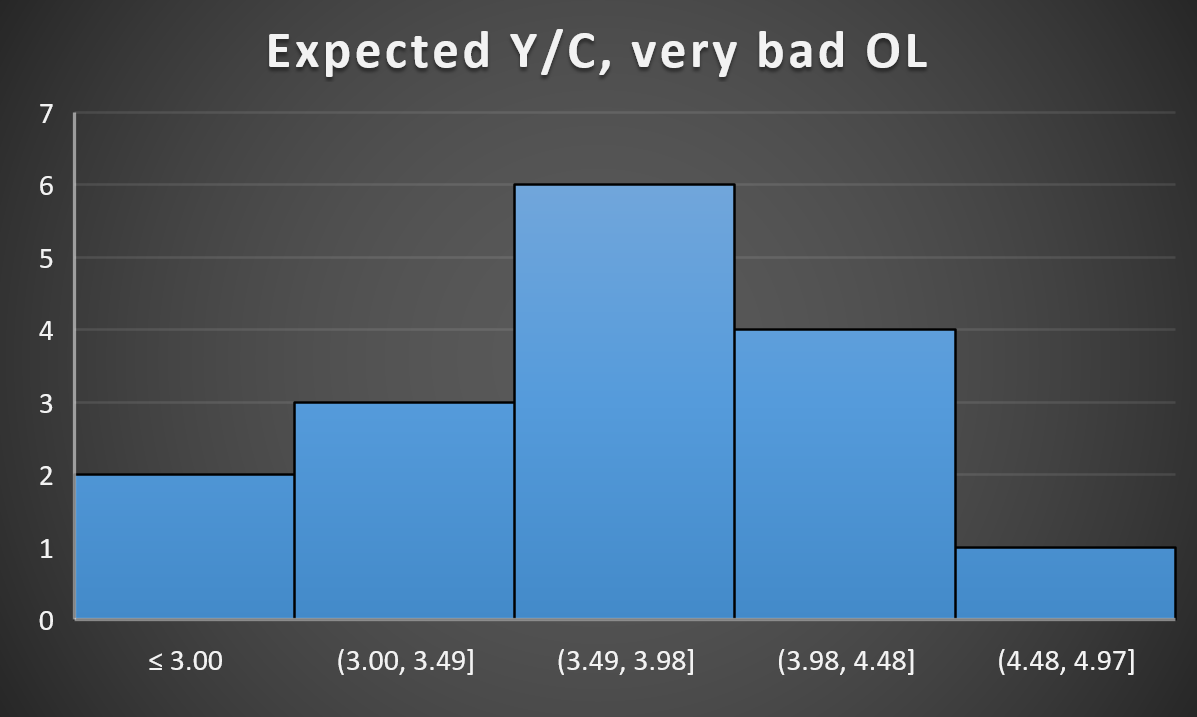
It’s admittedly pretty fun to look at how disastrous things get behind the very bad line, with more rushers gaining under three yards per carry than those gaining over four and a half. It appears that hypothetically (and in reality, for Gurley), behind this line, the ceiling is quite low. So is the floor, and the middle. All bad.
The results are much more tame when we look at the merely bad unit. Over half of the rushers manage to stay above four expected yards per carry while just one runner (who will not be outed because he’s a small-sampler) checks in under three. Still, we should certainly note how hard it is to thrive behind both groups. Good runners can be decent and even good behind bad lines, but I wouldn’t expect great production anytime soon.
Summary
In this two-part article, we checked the statuses of Todd Gurley and Melvin Gordon, then looked at how poor blocking would apply to our greater sample of ball carriers.
The data strongly indicates that Gurley has not yet reached the level of performance that many believe he’s attained already. Of course, he won’t be in the clear even if he can pick his game up.
Meanwhile, Gordon checks in just fine, statistically. He appears perfectly ready to contribute at an acceptable standard, though not with too much upside. The issue for him will be whether his blocking situation ever improves.
Finally, we got to see just how much poor blocking would likely affect the sample of runners. Given those distributions, I’d venture to say it’s pretty bad news for runners joining teams with bad offensive lines. Owners of each high-profile rookie running back should pay particularly close attention, as they all enter situations that, at best, have question marks.
The troubling set of blocking in Jacksonville is actually my reasoning for ranking Leonard Fournette behind Christian McCaffrey in my current rookie ranks. Neither offensive line was good last year, but McCaffrey’s was a bit better and offers more promise heading into 2017 while McCaffrey himself offers a greater non-rushing production floor with his exceptional receiving skills. Perhaps these factors aren’t enough for you to make the same drop, but you should be ready for the likely outcomes regardless.
[/am4show]
- Devy Fantasy Football: Top Five Quarterbacks - August 22, 2022
- 2022 Dynasty Fantasy Football Rookie Prospect: Drake London, WR USC - April 16, 2022
- 2021 NFL Draft Prospect: Elijah Moore, WR Ole Miss - April 2, 2021



